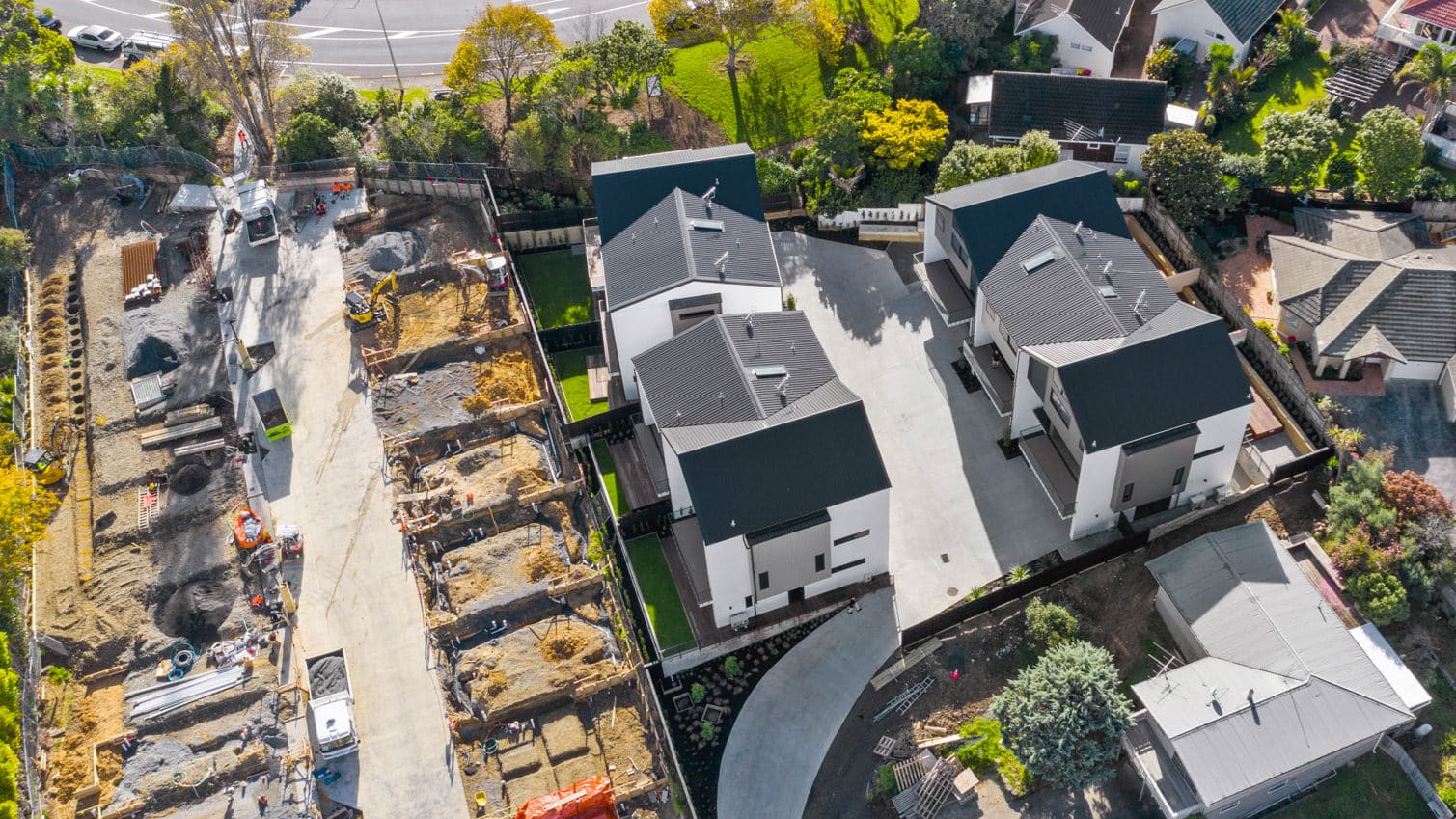As the NZ economy bumps along in a mild recession, the question everyone is asking about the property market is: are we at the bottom of the cycle? Registered Valuer, Gordon Edginton discusses this and more below …
Unfortunately, no one rings the bell to signal this is it, but all signs indicate that we are there, or very close to it. We are also in winter which is a seasonally quiet phase for the market, which doesn’t help with predicting the “floor” of the market.
There are early signs indicating sales volumes have turned up as the May 2023 sales numbers were 7.5% higher than the same period last year. Sales are still very low – well below the volumes seen in the 2008 GFC, and we have to hark back to 1983 to find sales numbers this low. Given the differences in population between then and now (3.2m then versus 5.2m today), this is a reminder just how much activity has fallen this cycle.
Property values this year are likely to track a little lower statistically, given there is always a lag between the data and what’s happening on the ground. So expect to see more weakness in data on prices for now. Wellington has been the hardest hit with a 21% decline in prices and Auckland is not far behind with a 17% decline.
But interest rates and inflation have plateaued. With inflation easing globally, a degree of certainty is returning to the market, giving buyers and sellers more confidence.
First home buyers are taking a much larger share of the sales, particularly in the new build sector as this segment of the market has some attractive inducements for buyers. Investors have been far less active as the low yields, lack of tax deductibility, requirement for a 35% deposit, and fears a landlord cannot get rid of bad tenants are keeping investors side-lined.
The key driver that impacts the market the most is availability of debt finance. Banks have eased lending criteria recently as the CCCFA rules have been relaxed and loan to value ratios (LVRs) eased. Borrowing rates look to have peaked with the OCR now set at 5.5% and the Reserve Bank (RB) is signalling this may be the end of rate rises – although the OCR is not likely to be cut anytime soon as inflation remains stubbornly high. The higher borrowing costs will keep a lid on any price gains as affordability is stretched. The RB have also said prices are at the floor but do not expect any sharp recovery.
Two other key planks supporting the recovery in the market are the strong labour market with very low unemployment and good job security. The other is the quick turnaround in migration. Net migration has turned sharply up with a net gain of 72,000 people. This will feed into the property market in demand for housing – either to rent or to buy.
What’s in store for the rest of the year and 2024?
As we now sit at the trough of the downturn in mid-winter, sales activity is expected to start rising in the second half of this year. Property values are at the floor and vendors’ expectations have seen an acceptance that to sell, a repricing well below prices from 12 or 18 months ago is required.
I do not expect to see a sudden upturn. Higher borrowing costs will keep a lid on the market and affordability metrics are still poor. Stretched affordability will keep prices down. There are also challenges for existing borrowers refixing lower interest loans at much higher rates which will dampen any enthusiasm to change or upgrade the house.
Development property
Development land has probably seen the biggest falls in value. Many projects have become unviable due to higher construction costs and interest rates, coupled with much lower total realisations from the sale of the completed units due to falling residential prices.
Many development sites do not produce any holding income (i.e. vacant land or unoccupiable buildings) and developers without a strategic plan to build and sell down the project will be struggling to hold a non-income producing asset – unless they have high equity in the site.
In some areas of Auckland, residential sites have fallen by as much as 40% from the peak prices paid in late 2021. Conventional suburban houses and sites were being purchased for potential development but now that sector of the market has dried up, the property is being purchased simply as a home for occupation (either rented or owner occupied). As a result, prices have contracted to more normalised levels that owner occupiers are willing to pay, and not the pumped-up prices developers had been paying.
Opportunity abounds for those developers with the means (and courage). With light at the end of the tunnel, current land and unit prices mean development is once again looking profitable and feasible.
If you need a valuation of your property then please feel free to fill in the form below, and have us call you back.

